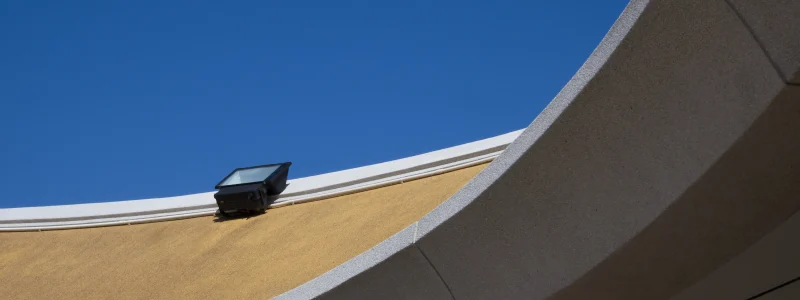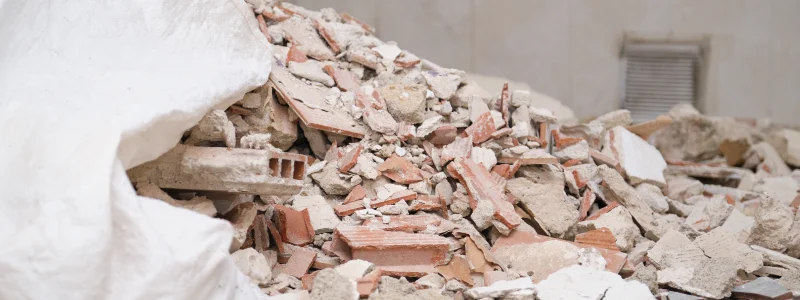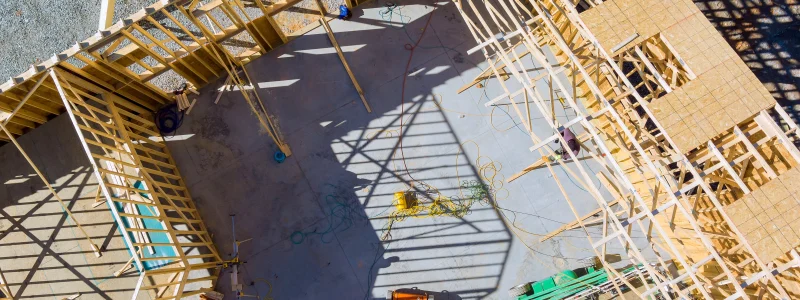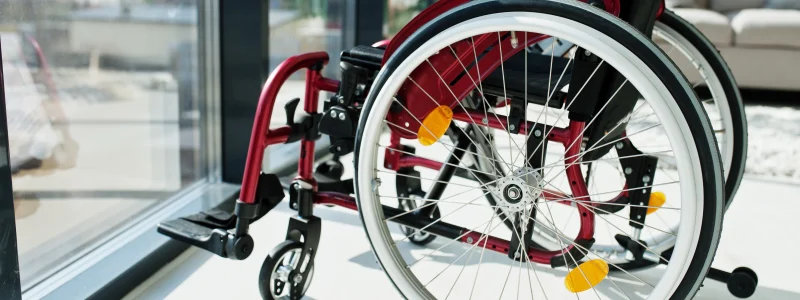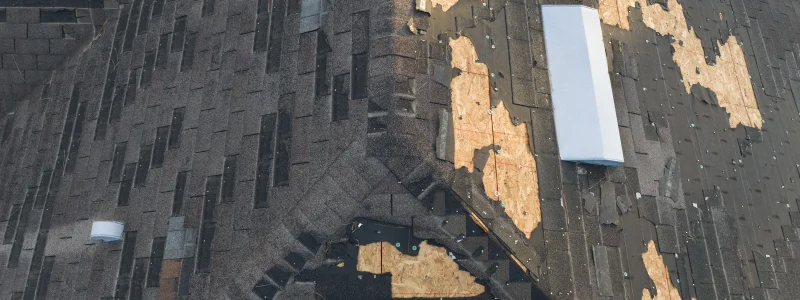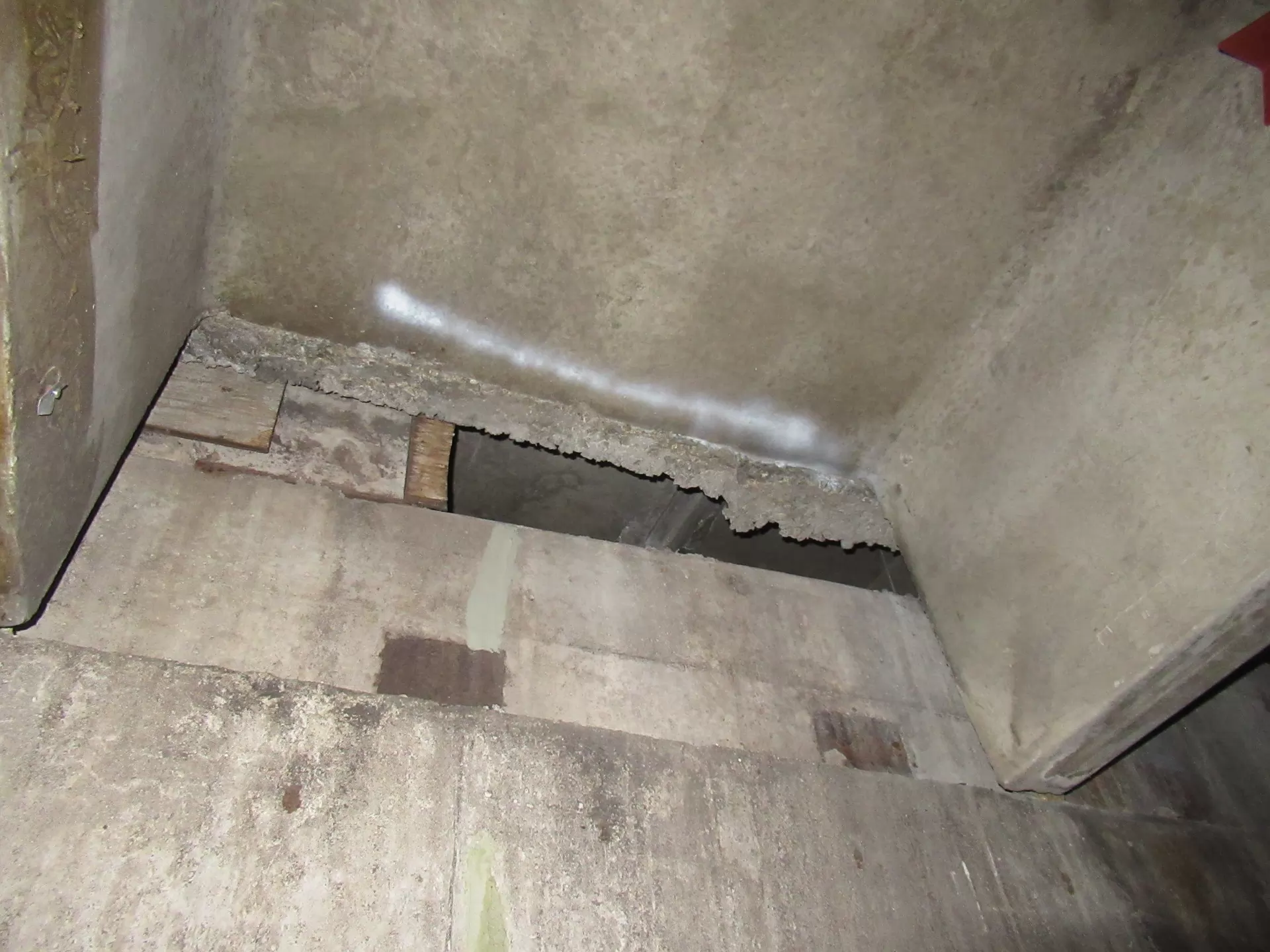Author: Mary Jean McCarthy-Tapp, AIA, NCARB – Architectural Services Department Manager
When it comes to property damage, most people focus on the obvious: leaking roofs, broken pipes, visible cracks. But many of the most costly and complex issues stem from problems you can’t easily see – and building envelope failures are a prime example.
The building envelope is the system of components that separates the interior from the outside environment. It includes windows and doors, a weather resistive barrier, wall claddings, roof, waterproofing and insulation. These elements work together to keep out water, wind and protect the interior from temperature extremes. When even one part of that system fails, it can lead to serious damage – often before you realize anything is wrong.
Here is an example of a recent project: To the untrained eye it didn’t appear that there was too much wrong. However, when the stucco was removed, we found that the structural members were almost entirely deteriorated due to water intrusion.
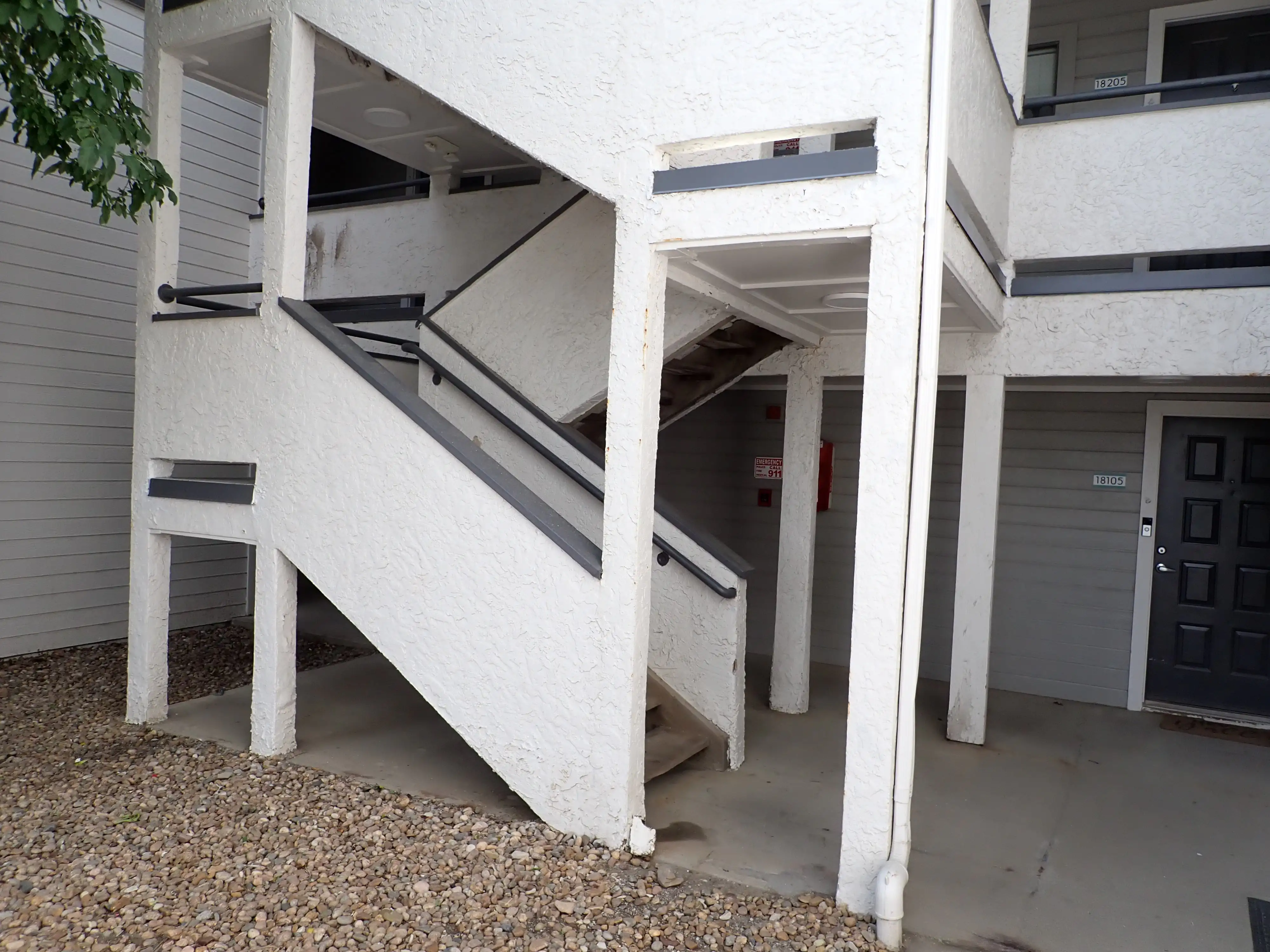
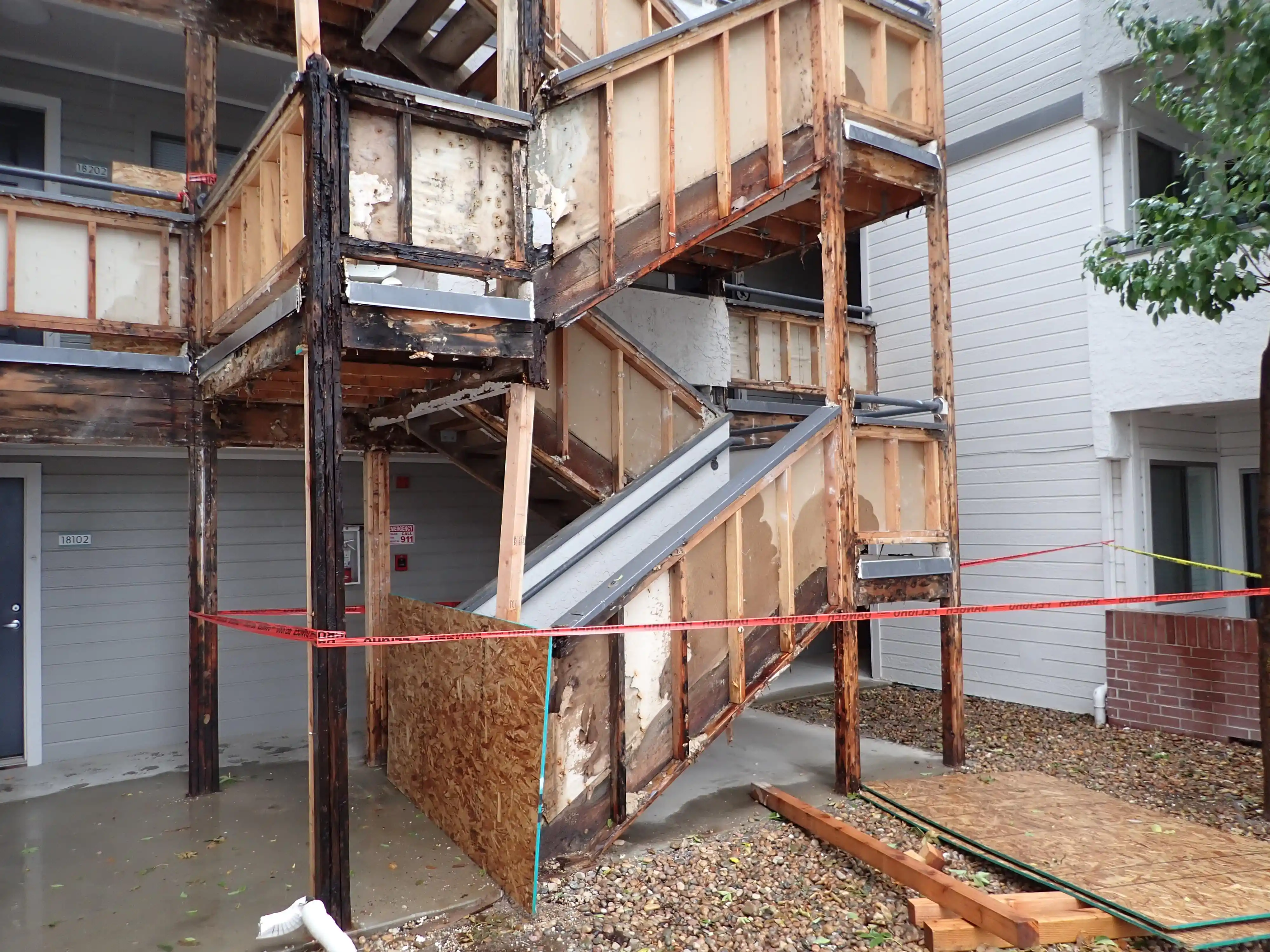
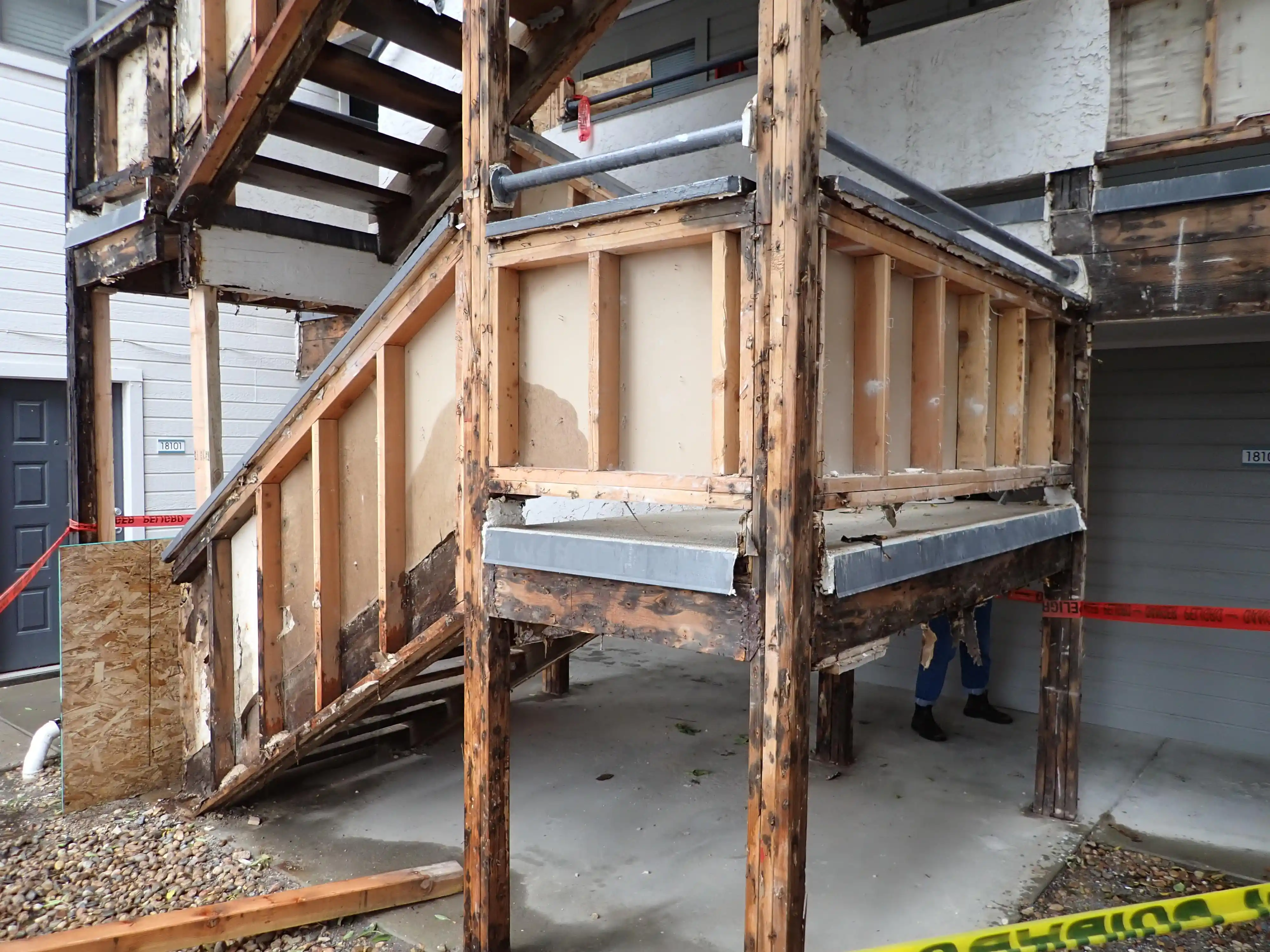
The Silent Trouble with Building Envelopes
Building envelope failures are notoriously difficult to detect early. That’s because they often start in concealed areas – inside walls, under roofing systems, or below-grade.
Some of the most common causes include:
- Poor initial construction or improper detailing
- Material deterioration over time
- Water infiltration due to failed waterproofing
- Inadequate drainage or grading around the building
- Thermal bridging or insulation gaps
Often these issues don’t present themselves overnight. Instead, they develop slowly and undetected until symptoms like mold growth, interior staining, or differential movement appear. By that point, the damage may already be extensive.
Signs You Might Be Dealing with a Building Envelope Problem
If you own or manage a property, look out for these red flags:
- Persistent moisture, staining or damp spots on interior surfaces
- Musty odors or visible mold
- Warping of walls or ceilings
- Increased energy bills without explanation
- Visible deterioration of exterior finishes
- Efflorescence or water stains on brick or concrete
These could indicate that water is penetrating the envelope – or that air leaks are affecting performance.
Why Early Evaluation Matters
The sooner you catch a building envelope issue, the more options you have to repair it affordably and effectively. Left uncorrected for too long, water damage can lead to:
- Compromised structural integrity
- Poor indoor air quality
- Expensive remediation and reconstruction
- Legal and insurance complications
At Higgins & Associates, we combine engineering and architectural expertise to thoroughly evaluate building envelope systems. We don’t just inspect – we diagnose, report, and support you through the repair or litigation process where necessary.
Explore our building envelope consulting services
What Our Evaluation Covers
Our team can assess:
- Roofing systems and coverings
- Cladding types (wood, stucco, EIFS, fiber cement, etc.)
- Windows, doors, and other fenestrations
- Waterproofing systems above and below grade
- Construction quality and code compliance
We also perform quality assurance oversight during repairs to ensure that all work meets code and industry standards.
Not Sure Where to Start?
If you suspect there may be an issue or you’re responding to an insurance claim, lawsuit, or maintenance concern – it’s time to bring in experts who know where to look.
Contact Higgins & Associates to schedule a building envelope consultation. Our team provides clear, defensible reports and practical next steps to help you protect your property from the ground up.




